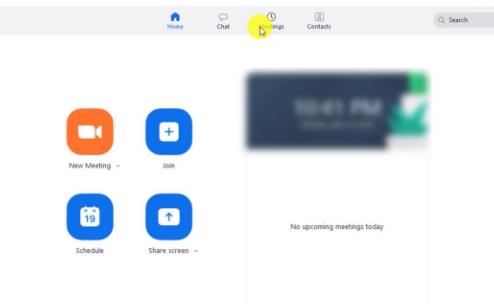What's on a Team Weekly Meeting Agenda?
A well-crafted team weekly meeting agenda is essential for maintaining momentum and alignment within a team. It ensures that everyone is on the same page, important issues are discussed, and actionable decisions are made. Here’s a breakdown of key elements typically included in a successful team weekly meeting agenda, designed to enhance productivity and team cohesion.

Welcome and Brief Check-in Start the meeting with a brief round of check-ins. This can take 5 to 10 minutes and gives team members a chance to share personal updates or major achievements from the past week. According to a report by the Harvard Business Review, starting meetings with a personal check-in can boost group cohesion by 15% and reduce the feeling of isolation within remote teams.
Review of the Past Week Allocate around 10 to 15 minutes to review the past week’s progress. This includes discussing milestones achieved, goals completed, and providing updates on ongoing projects. Transparency in achievements and setbacks keeps everyone informed and can help adjust strategies promptly.
Key Performance Indicators (KPIs) Review Spend about 10 minutes reviewing key metrics or performance indicators relevant to the team’s objectives. This could be sales numbers, customer feedback scores, or project milestones. Monitoring these metrics weekly helps the team stay focused on critical success factors and can lead to a 20% increase in project completion rates.
Open Issues and Problem Solving Dedicate 15 to 20 minutes to discuss any issues that have arisen. This segment allows team members to bring up challenges they’re facing and seek support or solutions from the group. Facilitating an open discussion on problems can enhance problem-solving efficiency by 30%, as teams collaborate to find solutions quickly.
Upcoming Projects and Goals Outline the goals for the upcoming week and assign responsibilities. Spend about 10 minutes detailing what needs to be accomplished by the next meeting and who will be responsible for each task. Clear task delegation increases individual accountability and can improve team productivity by up to 25%.
Feedback and Suggestions Include a 5 to 10-minute open forum for team members to provide feedback on the meeting structure or discuss other general concerns. This encourages ongoing improvement and adaptation of processes, fostering a culture of continuous improvement.
Closing and Recap Conclude the meeting by summarizing the key points discussed, decisions made, and the action items assigned. This should take about 5 minutes and ensures everyone leaves the meeting with a clear understanding of their commitments and expectations.
Effective Implementation of Tools Using digital tools like a shared online document or project management software during the meeting can enhance engagement and trackability. Integrating technology helps in real-time updates and keeps the team aligned on shared goals and deadlines.
For detailed strategies on crafting a winning team weekly meeting agenda, check out this comprehensive guide: team weekly meeting agenda.
By incorporating these components into your weekly meeting agenda, you can ensure that your meetings are not only productive but also foster a collaborative and transparent team environment. This structure supports effective communication, efficient problem-solving, and a focused approach to achieving team goals.